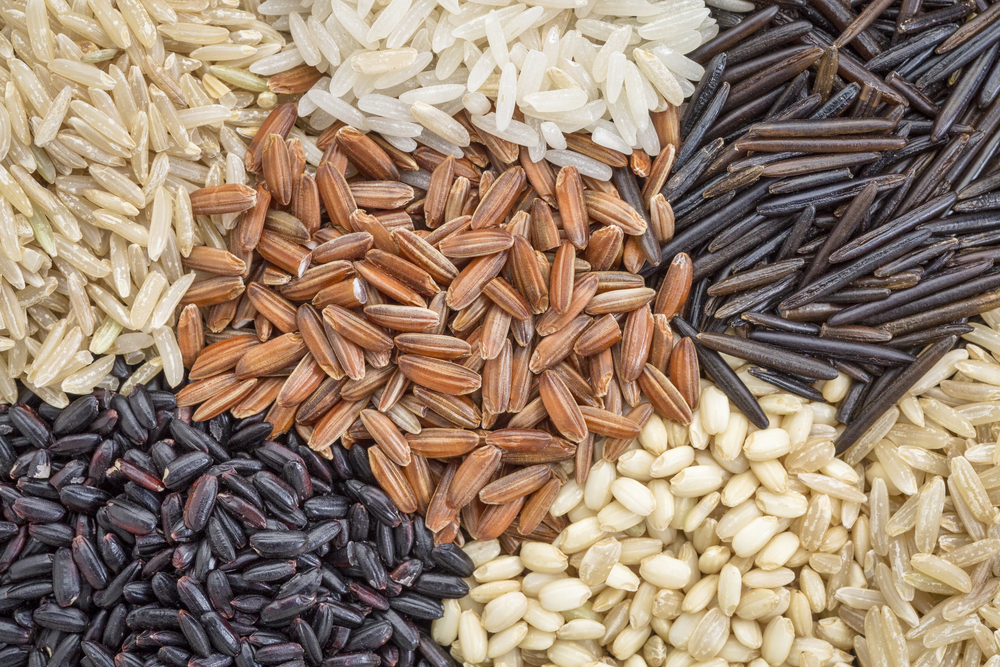Would you believe that for most countries, rice constitutes 70% of human calorie intake? Yes, though some of you might bat for wheat, it is a reality that millions of people live on a staple diet of rice. It is part of their diet, culture, and lives.
However, people with diabetes are constantly reminded that their rice consumption is to be blamed. Is this true? Can rice be a part of your diabetic food list? If so, what variety is better?
Including a suitable variety of rice in your diet for diabetes can help you stay on a diet of rice and control your sugar levels at the same time. This is important as more than taking medicines, you need to know how to control diabetes at home with diet.
Varieties of Rice
It might come as a surprise to you that there are more than 40,000 varieties of rice cultivated by people all over the world. In fact, each state in India has numerous varieties each with distinct grain size and taste. Here are a few popular rice varieties:
- Basmati rice
- Black rice
- Jasmine rice-
- Brown rice
- Matta or rosematta rice
- Parboiled rice
- Sticky or glutinous rice
- Red rice
- Wild rice
- Broken rice
- White rice
While varieties of white rice like masuri, and sona masuri in the names of BPT and HMT are consumed by most Indians, these varieties are polished; however, unpolished versions are also available.
Can people with diabetes consume rice?
Let’s first bust some myths. Due to the starch and carbohydrate content, it is thought that eating rice increases your blood sugar levels and so it should not be included in a diabetes diet plan.
This is not true. You can eat rice. If you consider the nutritional profile of rice, you would understand why rice should be a part of your diet for diabetes.
Nutritional profile of rice
We eat rice not just because it’s soft, tasty, and easy to digest, it’s a high-energy food that is packed with nutrients.
- It is loaded with calories containing around 345 calories for every 100 grams.
- It is cholesterol free
- It’s rich in vitamins and minerals
- It is good for promoting good gut bacteria
- Rice contains less sodium and so is better for people with hypertension
- It’s full of calcium, potassium, iron, and phosphorus
- Rice contains riboflavin, niacin, thiamine, and other vitamins that prevent certain forms of cancer, Alzheimer’s disease, and heart disease
While there are numerous benefits of rice, the fact that they are polished or whitened robs this grain of many of its nutrients. In the buffing process that happens in milling, rice loses most of its fiber content. The top layer called the barn layer, which contains most of the nutrients is lost during milling.
Moreover, the glycemic index of white rice (boiled) is around 73 which is very high. A porridge made from rice has a glycemic index of 78. This means that white rice releases sugar into the bloodstream very quickly and increases your post-meal blood sugar levels. That is why white rice should not be a part of your diabetes diet plan.
Best varieties of rice for people with diabetes
Here are some varieties of rice that have lesser glycemic index when compared to white rice. This means they take more time to digest and release sugars into the bloodstream slowly.
| Alternative to white rice | Glycemic Index (boiled) |
| Brown rice | 50 to 55 |
| Whole grain basmati rice | 50 to 52 |
| Steamed brown rice | Around 50 |
| Red rice | Around 55 |
| Black rice | 42 to 45 |
| Wild rice | 45 |
Whole grain basmati rice is known to have resistant starch, cooper, and magnesium that increases the digestion time and so should be a part of your diabetes diet plan. While lower glycemic index varieties like whole grain basmati rice, black rice, and wild rice are good options to be included in your diabetic food list, the method of cooking might increase the glycemic index drastically.
Home health care – Tips to prepare rice for lower glycemic index
- Cook rice slowly
- Instead of a pressure cooker, use a pan and add more water
- Increase fiber intake while consuming rice
- Add lentils, legumes, leafy vegetables, and spices with rice
- Control portion intake
The amount of rice you need to consume depends upon many factors like your age, physical activity, and your diabetes control. Are you a rice eater wondering how to control diabetes at home? Get a comprehensive diabetes treatment at home with diet, medication, and blood sugar monitoring. Enquire Now.











